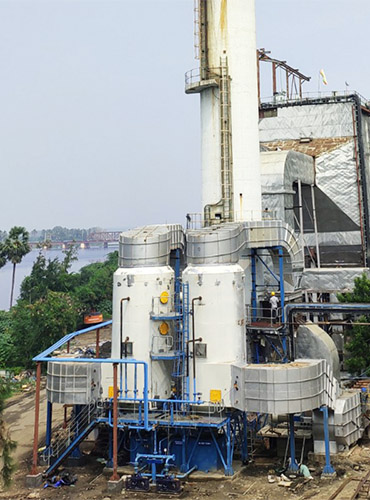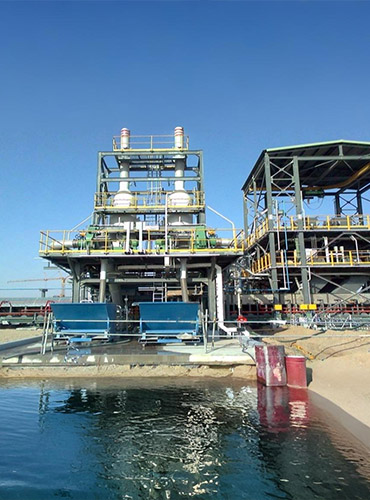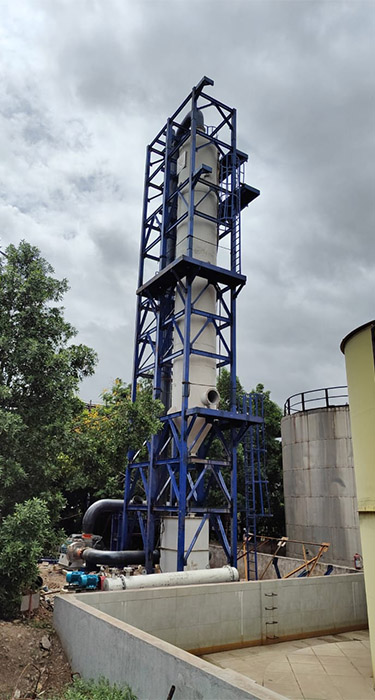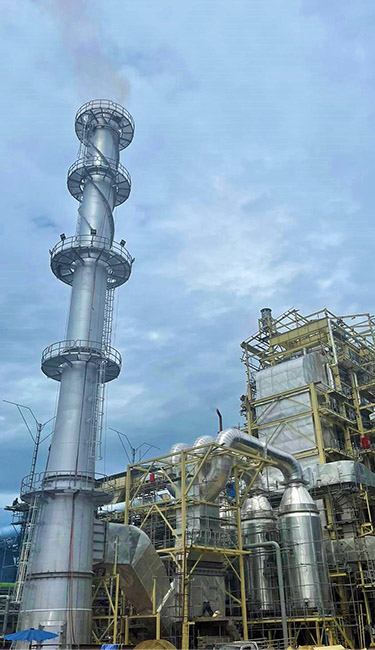Best Wet Scrubber Manufacturer & Suppliers in India

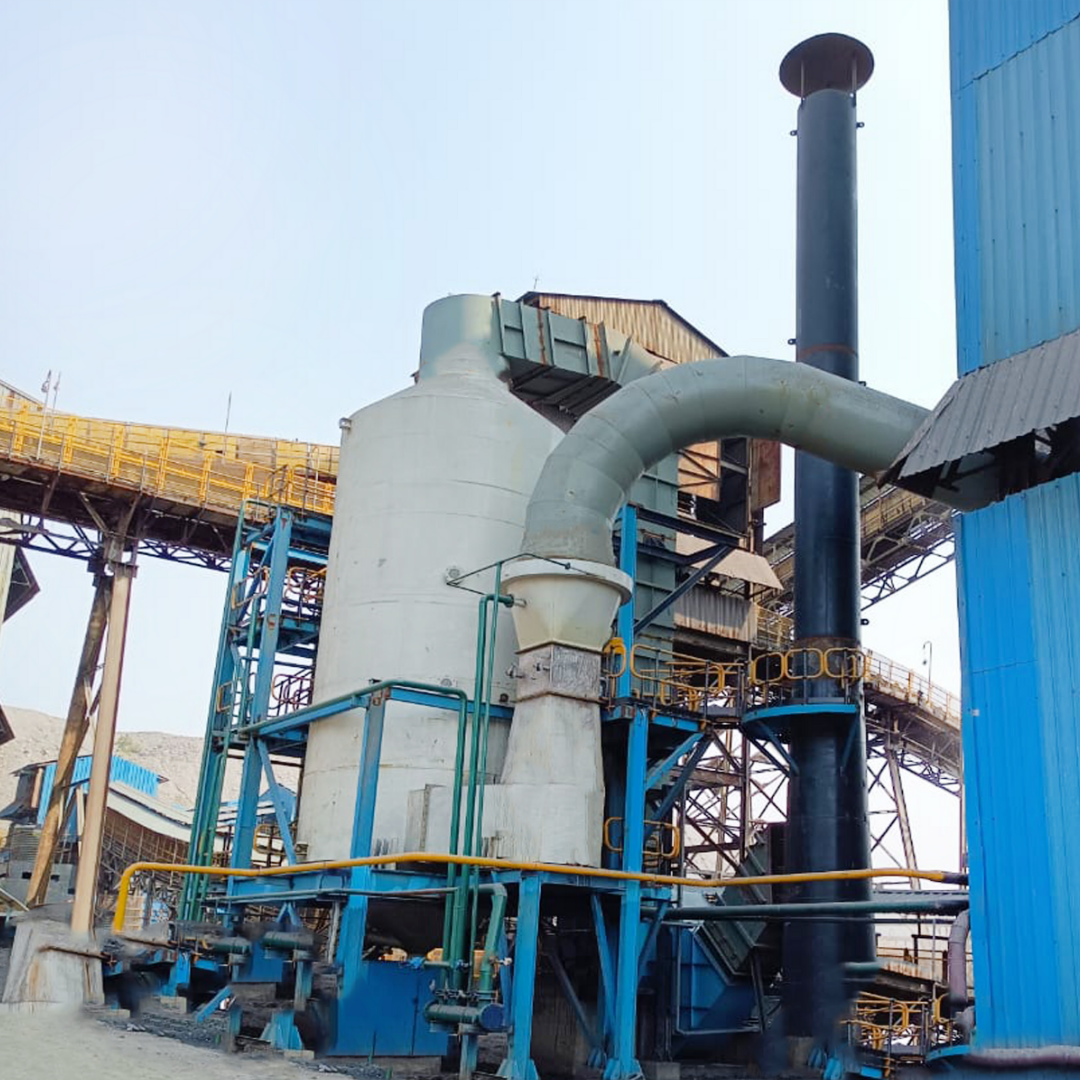
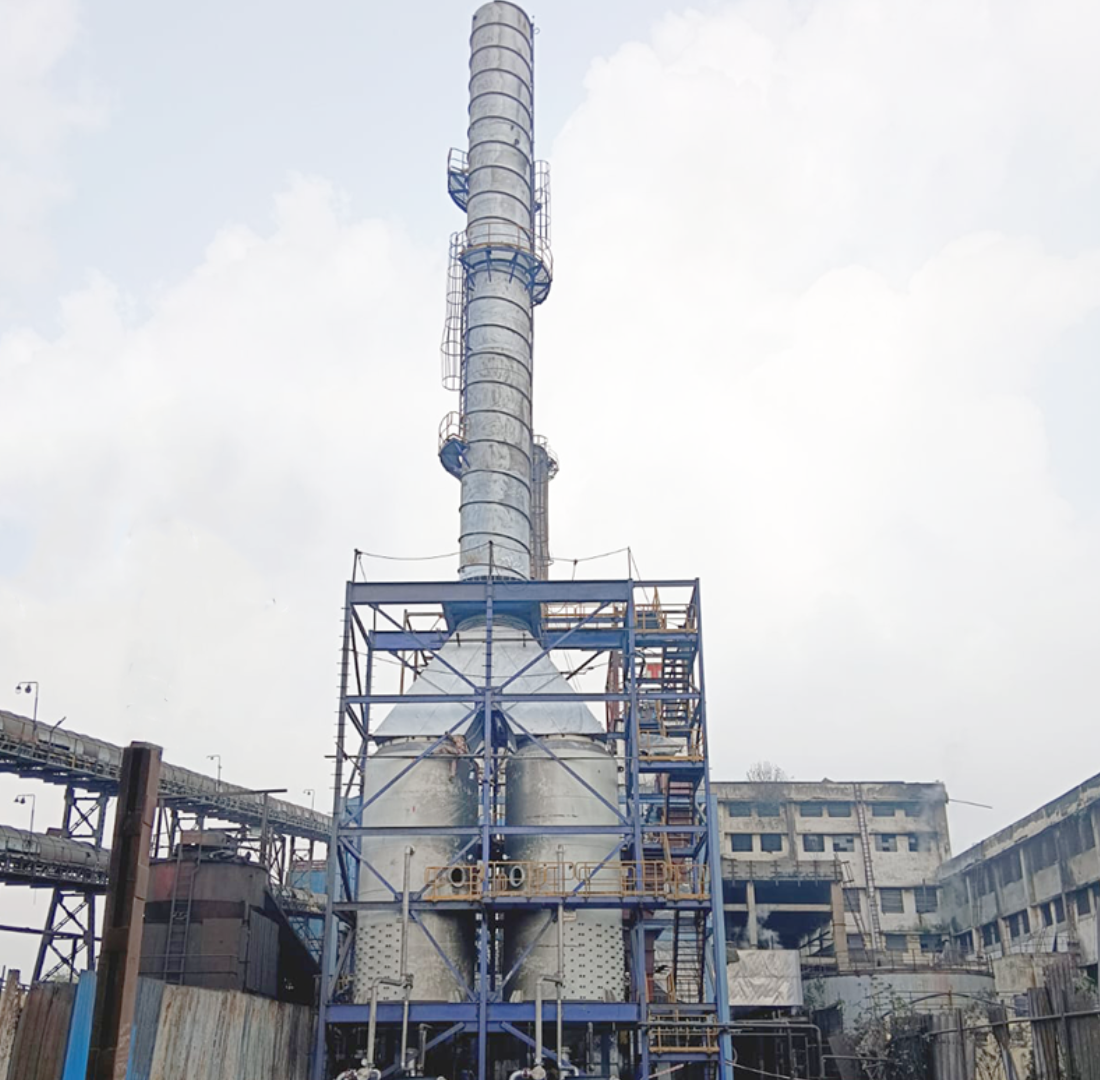
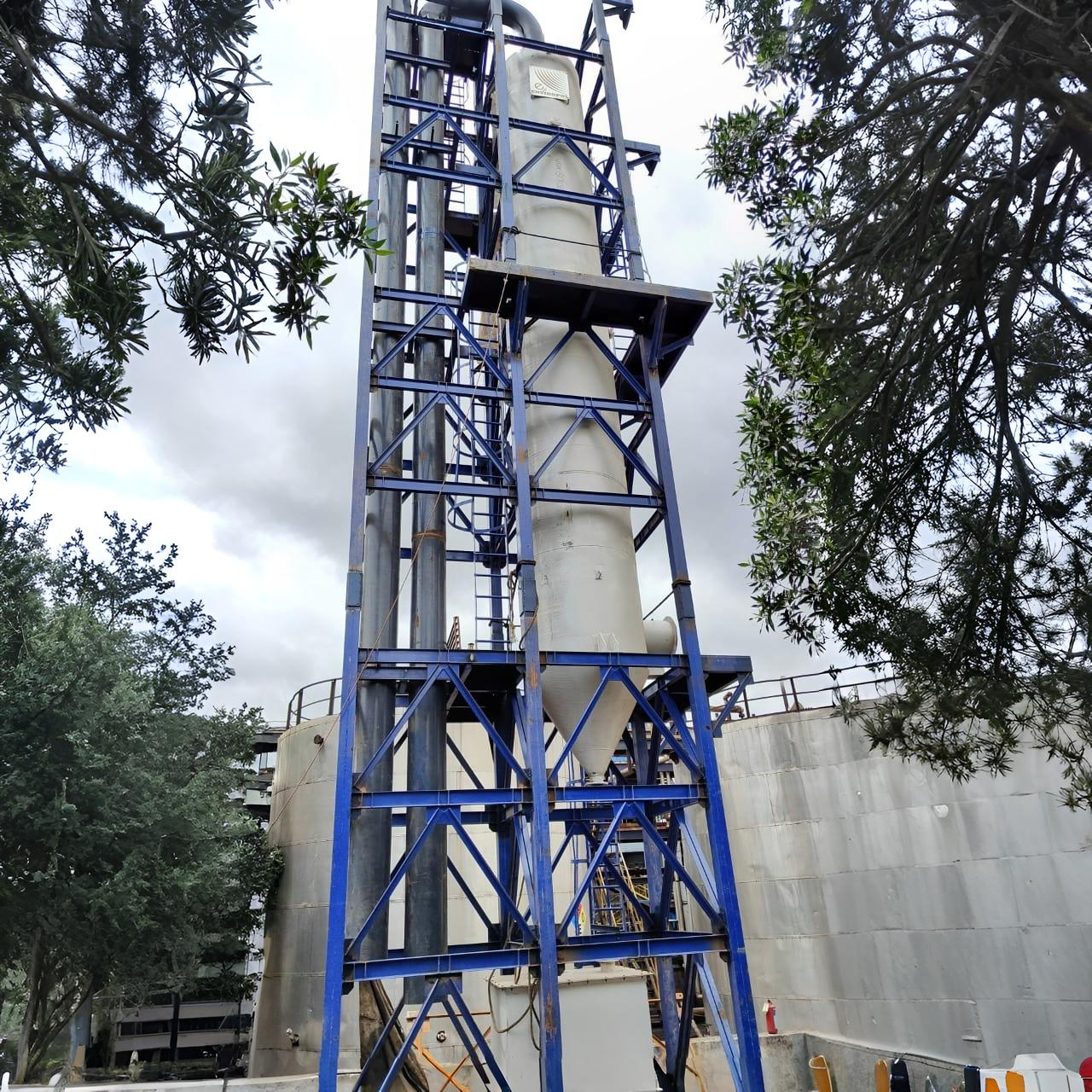
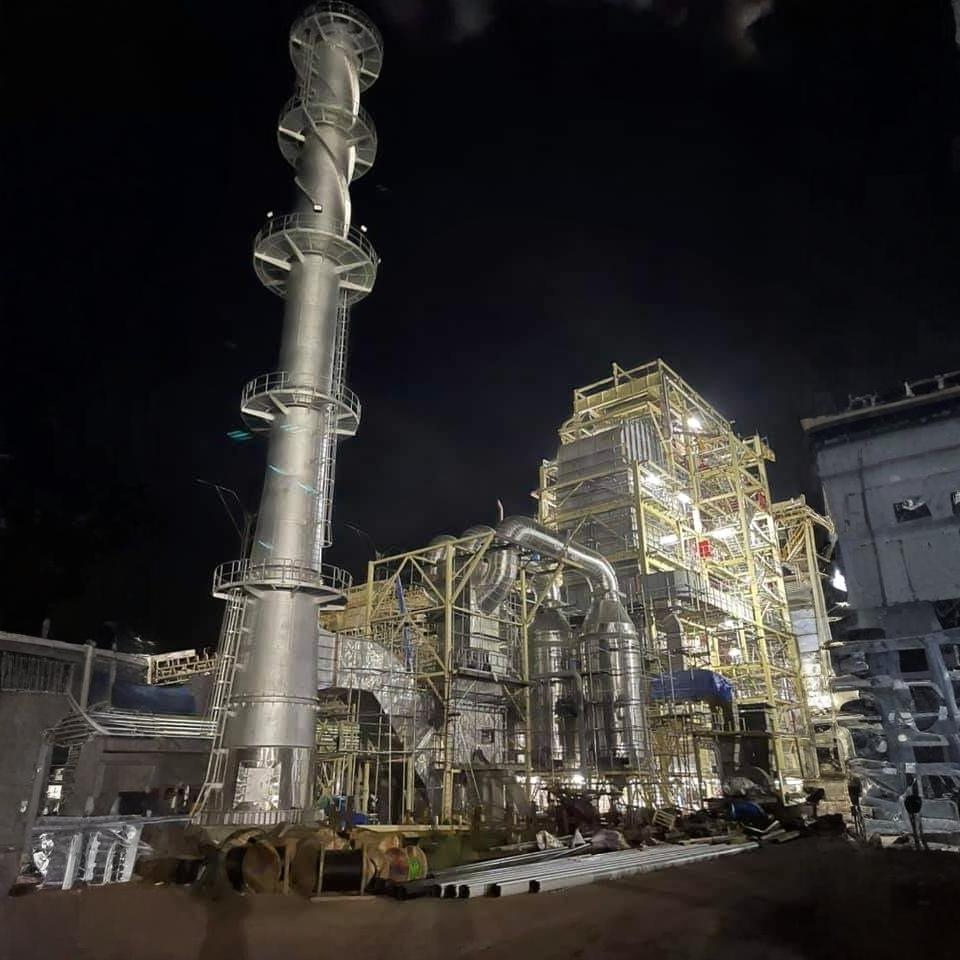

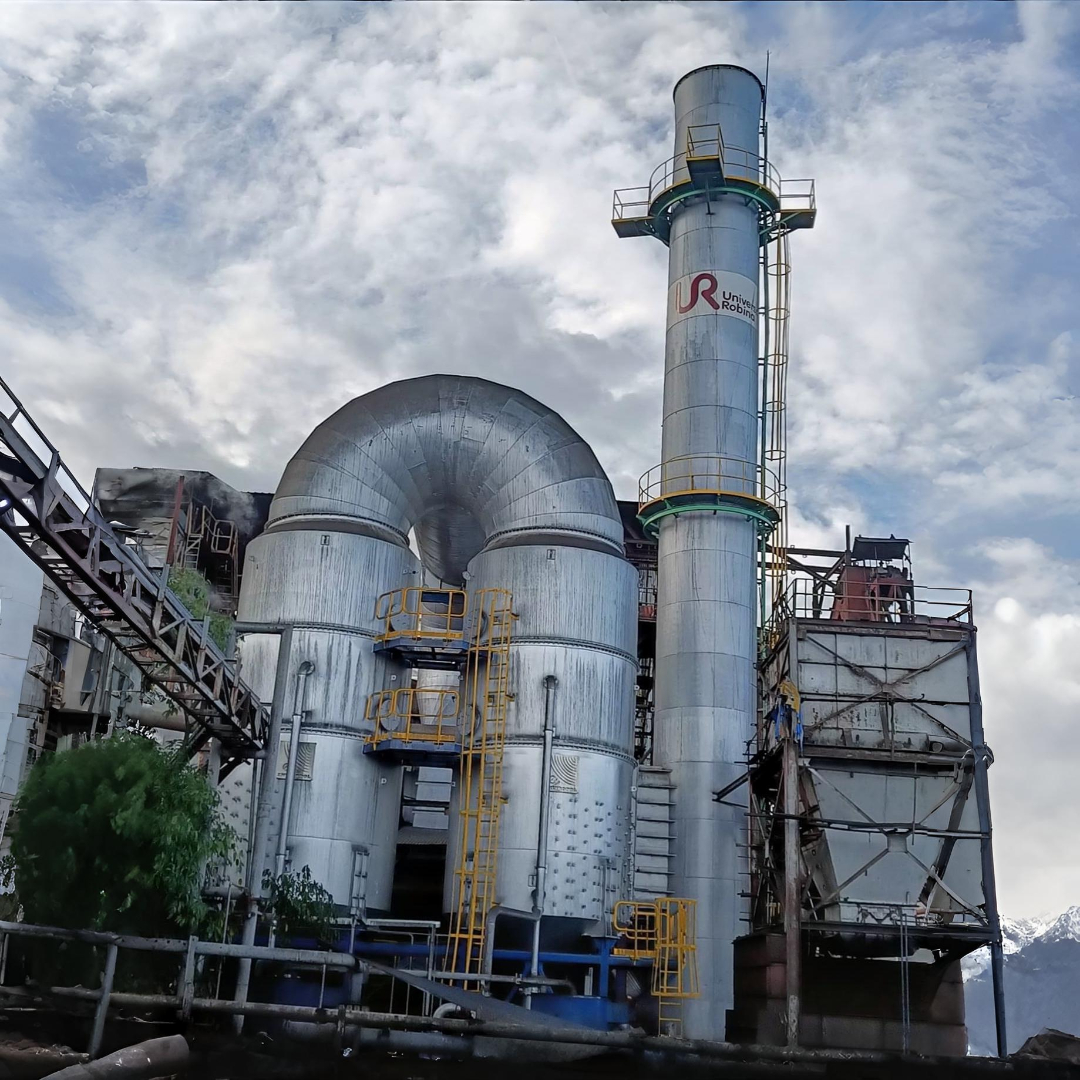
A wet scrubber, also known as a wet scrubber system or simply a scrubber, is an air pollution control device used to remove pollutants, such as particulates, gases, and chemical compounds, from industrial exhaust gases or emissions. It does this through a process known as "scrubbing," which involves the interaction of the contaminated gas stream with a liquid (usually water or a chemical solution) to capture and remove the pollutants. Wet scrubbers are commonly used in various industries to improve air quality and reduce emissions.
Here's a basic description of how a wet scrubber works:
- Gas Inlet:The polluted gas stream containing contaminants, such as dust, fumes, or gases, enters the wet scrubber through an inlet.
- Contact with Liquid:Inside the scrubber, the gas stream comes into contact with a liquid, typically water, which can also contain chemical additives to enhance pollutant removal. This liquid is continuously circulated and sprayed into the gas stream using nozzles, creating a scrubbing medium.
- Scrubbing Process:The interaction between the polluted gas and the liquid results in several processes for pollutant removal
- Absorption:Gaseous pollutants are dissolved or absorbed into the liquid phase. This is particularly effective for acidic gases like sulfur dioxide (SO2) and ammonia (NH3).
- Adsorption: Some particles and volatile organic compounds (VOCs) may adhere to the liquid droplets, effectively removing them from the gas stream.
- Particulate Capture:Solid particles are captured by the liquid droplets through impaction and absorption, forming a slurry.
- Chemical Reactions:Chemical additives in the liquid can react with certain pollutants to convert them into less harmful compounds.
- Separation:The gas stream, now significantly cleaned of contaminants, passes through separation devices within the scrubber to separate the cleaned gas from the liquid and solid particulates. Common separation methods include cyclone separators, mist eliminators, or demisters.
- Liquid Handling:The liquid, which now contains captured pollutants and particulates, is often treated further for proper disposal or recycling. This may involve sedimentation, settling tanks, or treatment processes to neutralize or remove hazardous substances.
- Clean Gas Outlet:The cleaned gas, having undergone the scrubbing process, exits the wet scrubber through an outlet, with a significantly reduced concentration of pollutants.
Wet scrubbers are versatile and can be designed to handle various types of pollutants, making them suitable for a wide range of industries, including chemical manufacturing, power generation, metal processing, and more. They are effective in reducing emissions of particulate matter, acidic gases, toxic chemicals, and odorous compounds, contributing to better air quality and compliance with environmental regulations.
Features and benefits of Wet scrubber
Wet scrubbers are air pollution control devices with several features and benefits that make them effective for removing pollutants from industrial exhaust gases. Here are some of the key features and benefits of wet scrubbers:
Features of Wet Scrubbers:
- Versatility: Wet scrubbers can effectively remove a wide range of pollutants, including particulate matter, acidic gases, alkaline gases, organic compounds, and odorous substances, making them suitable for diverse industrial applications.
- Customization: They can be customized to address specific emission control requirements, with variations in design and materials to handle different types of contaminants.
- High Efficiency: Wet scrubbers have a high removal efficiency, often exceeding 90%, for many types of pollutants. They are particularly effective for acidic gases and fine particulates
- Gas-Liquid Contact:The gas-liquid interaction in wet scrubbers promotes the absorption of gases and the capture of particulates, ensuring thorough pollutant removal.
- Compact Design: Wet scrubbers can be designed in a compact form, making them suitable for installations in limited space environments.
- Continuous Operation: They can operate continuously and are not sensitive to variations in gas flow rates, which allows for consistent performance.
- Easy Maintenance: Wet scrubbers typically require less maintenance than some other pollution control systems, and they have a longer service life when well-maintained.
